How to Texture a Wall to Hide Flaws: A Comprehensive Guide
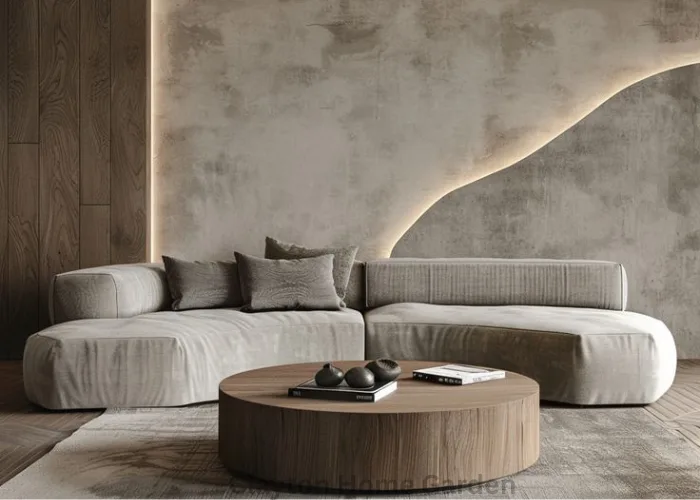
Texturing a wall isn’t only a method to conceal imperfections, but it’s is also an innovative way to increase the appeal of your room. It doesn’t matter if you’re facing unsightly holes in your drywall or you want to give your home an industrial, contemporary or even artistic look Textured walls can provide various designs to meet your needs. This guide will cover the most sought-after wall texture techniques and outlines a step-by-step procedure for applying each to hide imperfections and change the look of your living space.
Why Texture a Wall?
Before diving into the many techniques for texturing, you need to comprehend the reasons why texturing walls are an excellent option:
- hides imperfections: Texturing can effectively disguise the visible seams, scratches and other imperfections that result from the installation of drywall or the aging process. It’s an excellent solution to conceal flaws without having to invest in a costly remodel.
- Creates Character: Textures on walls can bring an aesthetic appeal to your home regardless of whether you’re looking for an old-fashioned farmhouse style or a sleek, contemporary style. Walls with textures can serve as a focal point for the room.
- Beauty Variety from subtle peel-like finishes like orange to striking popcorn textures The possibilities are limitless. You can alter the appearance of your walls to reflect your individual design preferences.
- Easy Maintenance Textured walls can be typically less difficult to maintain as opposed to smooth ones. They can hide scratches and smudges more effectively and are therefore ideal for areas that are heavily used.
With these advantages to consider, we’ll take a look at the top well-known ways to create texture on your walls.
Popcorn Texture
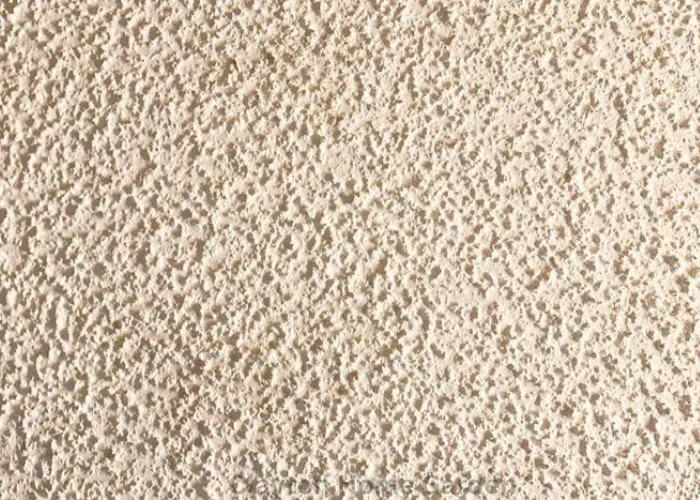
Popcorn texture is among the most widely used wall finishes. It’s renowned for its striking tops and valleys. It’s great for hiding imperfections or flaws within drywall and is commonly found in older houses particularly on ceilings.
How to Apply Popcorn Texture:
- Make the wall ready: Clean the surface of dirt and debris.
- Combine the substance: Combine drywall compound with water to make the consistency of a paste.
- Apply using a spray device for texture: Paint the substance on your wall, or use an roller to have greater control.
- Sand and dry The texture should completely dry, and then lightly sand any rough areas.
The texture of popcorn is particularly useful for covering up bigger imperfections, making it an perfect for walls or ceilings with obvious imperfections.
Knockdown Texture
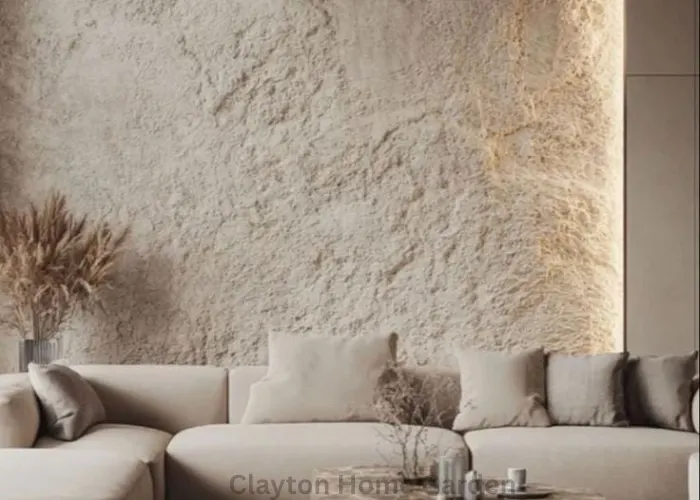
Knockdown texture is more soft than popcorn texture and provides an ethereal marbled look. It is achieved by spraying a heavy substance onto the wall and before flattening and smoothing out the edges in order to give a more smooth finish.
How to Apply Knockdown Texture:
- Mix the compound for drywall: Get the compound to the proper consistency to spray.
- Spray the texture on walls: Use the paint in random pattern to create a natural appearance.
- Smooth the surface: Wait for the compound to dry (but not fully dry) and then smooth the peaks with the help of a rough-edged drywall knife.
- Sand and dry The texture should completely dry, and then sand as necessary.
Knockdown texture is ideal for those looking for an softer, smoother texture that conceals imperfections well.
Orange Peel Texture
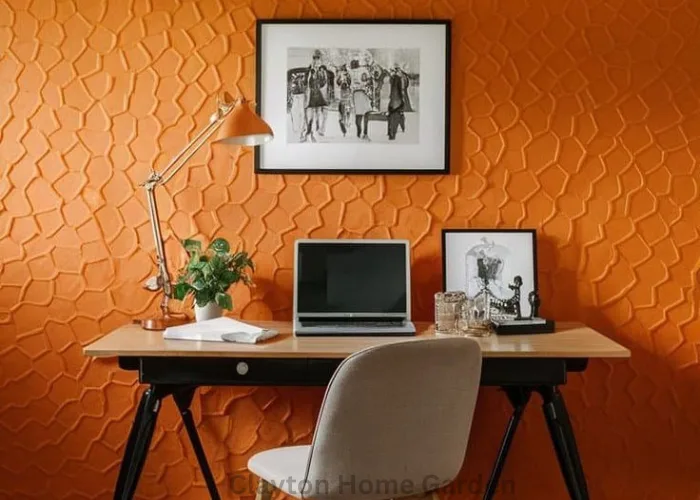
The texture of orange peels gives the appearance of a soft splattered texture which resembles the appearance of the orange peel. It’s one of the less visually striking textures, giving a modern, subtle look that hides minor flaws without overpowering the area.
How to Apply Orange Peel Texture:
- Clean the wall: Ensure the wall is dust-free and clean.
- Spray the substance: Use a hopper gun or sprayer for applying the pattern.
- Change your pressure The pressure should be set to create a smooth Splattered effect.
- Dry it and sand it: After the texture has dried then sand it lightly until you have smooth rough areas.
The orange peel texture is ideal for modern-day homes and spaces in which you require delicate texture that won’t clash with other elements of design.
Comb Texture
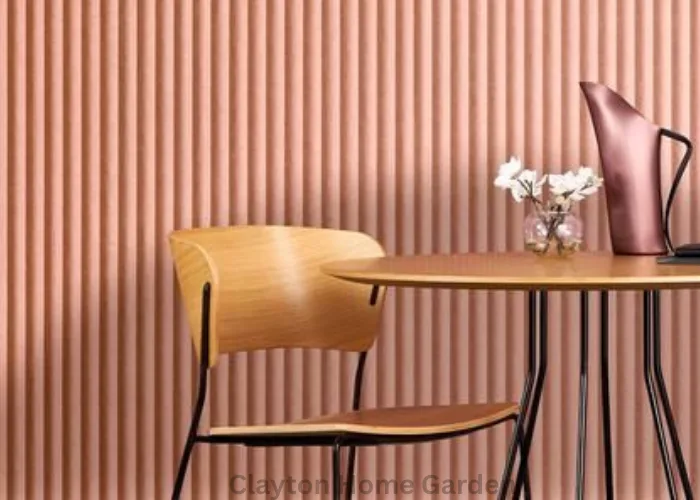
Comb texture produces intricate waves-like patterns with the combing tool. It’s the perfect tool for those who want to create a more creative and sophisticated appearance on their walls.
How to Apply Comb Texture:
- Use drywall adhesive: Use a roller or brush to apply an initial coat of compound for drywall.
- Create patterns using Comb device: Drag the comb tool across your compound in order to form waves, swirls or lines.
- Let it get dry Allow the pattern to be set prior to painting over it
- Comb texture is a favorite in contemporary environments where a vibrant innovative and unique pattern is sought-after.
Sand Swirl Texture
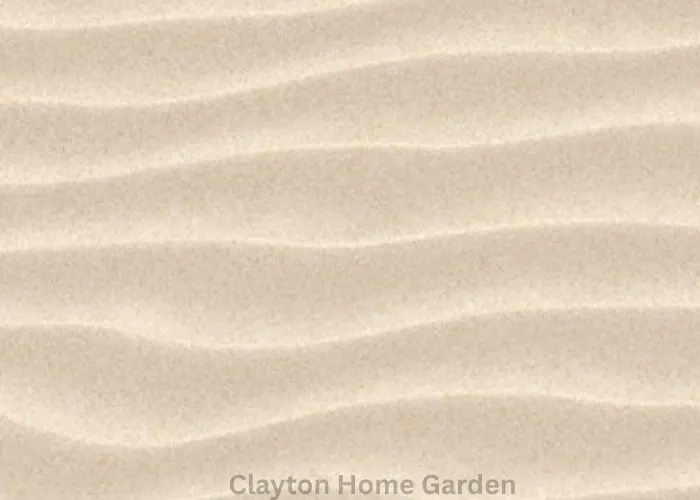
To create a more natural and earthy appearance the sand texture employs Sand in order to make a rough spiral pattern that is a wall. It’s ideal for rustic or Mediterranean-inspired interiors.
How to Apply Sand Swirl Texture:
- Mix sand and the compound for drywall: Create the right consistency by adding sand the compound.
- Apply the mix: Make use of an edging tool or roller, to apply the mix across the wall.
- Make swirls Make use of a brush for swirling the mix to create an desired design.
- Allow it to dry Let the surface dry prior to painting it over.
- Sand swirl texture brings rustic appeal to your living space adding the appearance of depth and visually appealing.
Slap Brush Texture
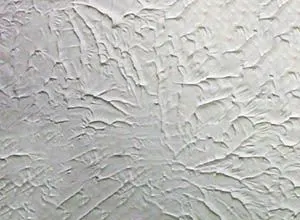
Slap brush texture can be described as an accentuated wall texture made using a dry paint to make fan-like patterns. It’s great for adding a bold visual appeal to rooms.
How to Apply Slap Brush Texture:
- Mix drywall compound The compound must be thick for the best results.
- Make use of a slap brush: Dip the brush into the compound and then press on the walls using the direction of a fan.
- Repeat the procedure: Continue applying the texture over the entire wall.
- Dry and make any necessary touch-ups: Let it dry and then apply any needed adjustments.
- The texture of a Slap Brush is a great option for larger areas where you need an imposing, textured appearance.
Slap Brush Knockdown Texture
To create a more refined version of the slap-brush design, use the slap knockdown method blends both the techniques of knockdown and slap to give a striking, but polished look.
How to Apply Slap Brush Knockdown Texture:
- Use a heavy coating of the compound Beginning with a ample amount of drywall.
- Make slap lines: Use a slap brush to create fan-shaped patterns in the walls.
- Do the same to the high points: Once the texture has set it, use a knife for drywall to smudge the peak, resulting in a smoother appearance.
- Dry it: Allow the texture to dry completely before sanding whenever necessary.
- This texture combines the power of slap brush, but its softness and suppleness that knockdown offers. perfect for spaces that require an appealing yet refined appearance.
Conclusion
The texture of your walls can be an excellent option to boost the style of your space while concealing imperfections. If you like the soft appearance of peels of orange or the striking drama of the texture of popcorn there’s a style that is suitable for every preference and taste. When you choose the correct texture method, you’ll be able to create a appealing space while hiding those imperfections that can be seen within your walls.
If you’re keen to take the plunge into the DIY job, be sure to follow these step-by-step guidelines for each method to get impressive outcomes. If you have the proper tools perseverance and imagination You can change the look of your walls and enhance your home’s style quickly!
